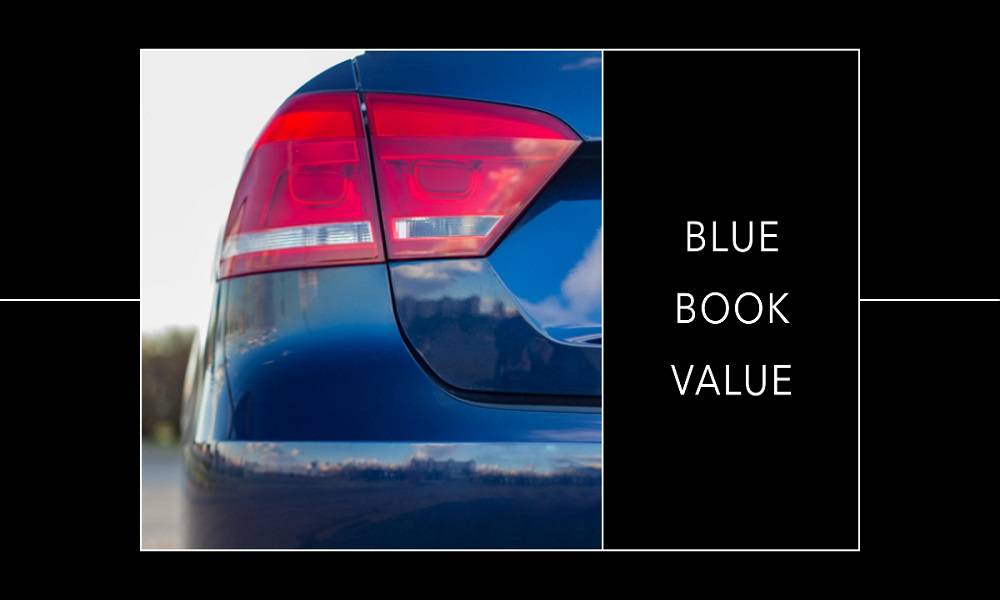Blue Book Value of My Car

When you’re planning to buy, sell, or trade-in a car, one term you’re likely to encounter is the “Blue Book value.” But what does it mean, and how can you determine this value for your vehicle? Let’s dive into the specifics.
What is the Blue Book Value?
The term “Blue Book value” originates from the Kelley Blue Book (KBB), a widely recognized resource for determining the value of used cars. Over the years, “Blue Book value” has become a generic term used to denote the market value of a used car, whether you’re referencing the Kelley Blue Book or another valuation guide.
Factors Influencing Blue Book Value
Several factors can impact the Blue Book value of a vehicle:
- Age of the Car: As a vehicle ages, its value typically decreases due to depreciation.
- Overall Condition: This includes both the exterior and interior condition and whether the vehicle has any mechanical problems.
- Mileage: A car that has been driven more than the average annual mileage may have a lower value.
- Market Demand: Some models are more popular in the used car market, affecting their resale value.
- Features and Upgrades: High-end features and aftermarket upgrades can influence a car’s value, though not always positively.
- Accident History: Cars with a history of major accidents may have a reduced value.
- Location: The region or city where you’re selling the car can affect its value, especially for certain models or types of vehicles (e.g., 4x4s may be more valued in mountainous regions).
How to Determine the Blue Book Value of Your Car
- Visit the Kelley Blue Book Website: One of the most straightforward methods is to visit the KBB website and enter your vehicle’s specifics.
- Use Other Valuation Tools: While KBB is popular, other tools like Edmunds, NADA Guides, and CarGurus offer similar car valuation services.
- Consult Local Listings: Check local classified ads or online marketplaces for similar vehicles in your area. This can give you an idea of the local market value.
- Seek Professional Appraisal: Some automotive professionals offer car appraisal services, where they’ll inspect your vehicle and provide a detailed valuation.
Using the Blue Book Value
Whether you’re a buyer or a seller, the Blue Book value can be a useful starting point:
- Sellers: It provides a benchmark price to list your car. Remember, the final selling price might be different based on negotiations and market demand.
- Buyers: It ensures you’re getting a fair deal and not overpaying for a used car.
- Trade-ins: If you’re trading in your car at a dealership, knowing the Blue Book value can help you get a fair trade-in offer.
Conclusion
Understanding the Blue Book value of a car is crucial for making informed decisions when buying, selling, or trading in a vehicle. It ensures transparency and fairness in transactions, benefiting both sellers and buyers. While it’s a valuable tool, always consider the broader market context and specific circumstances surrounding your vehicle.









